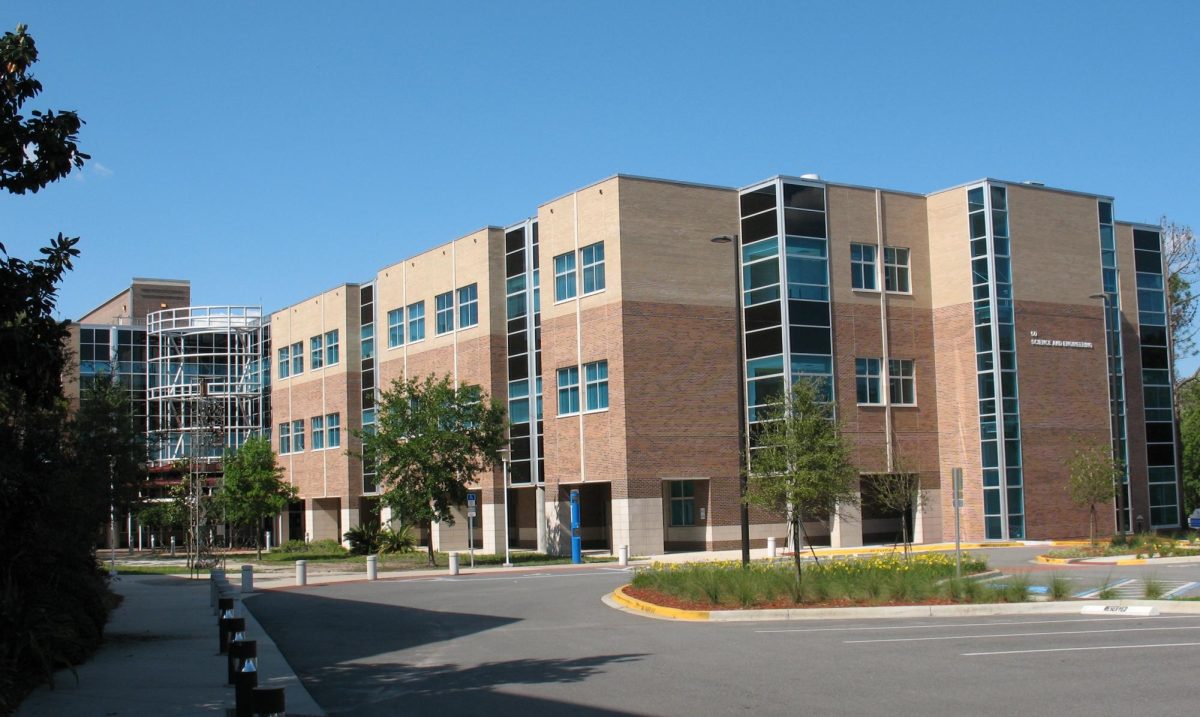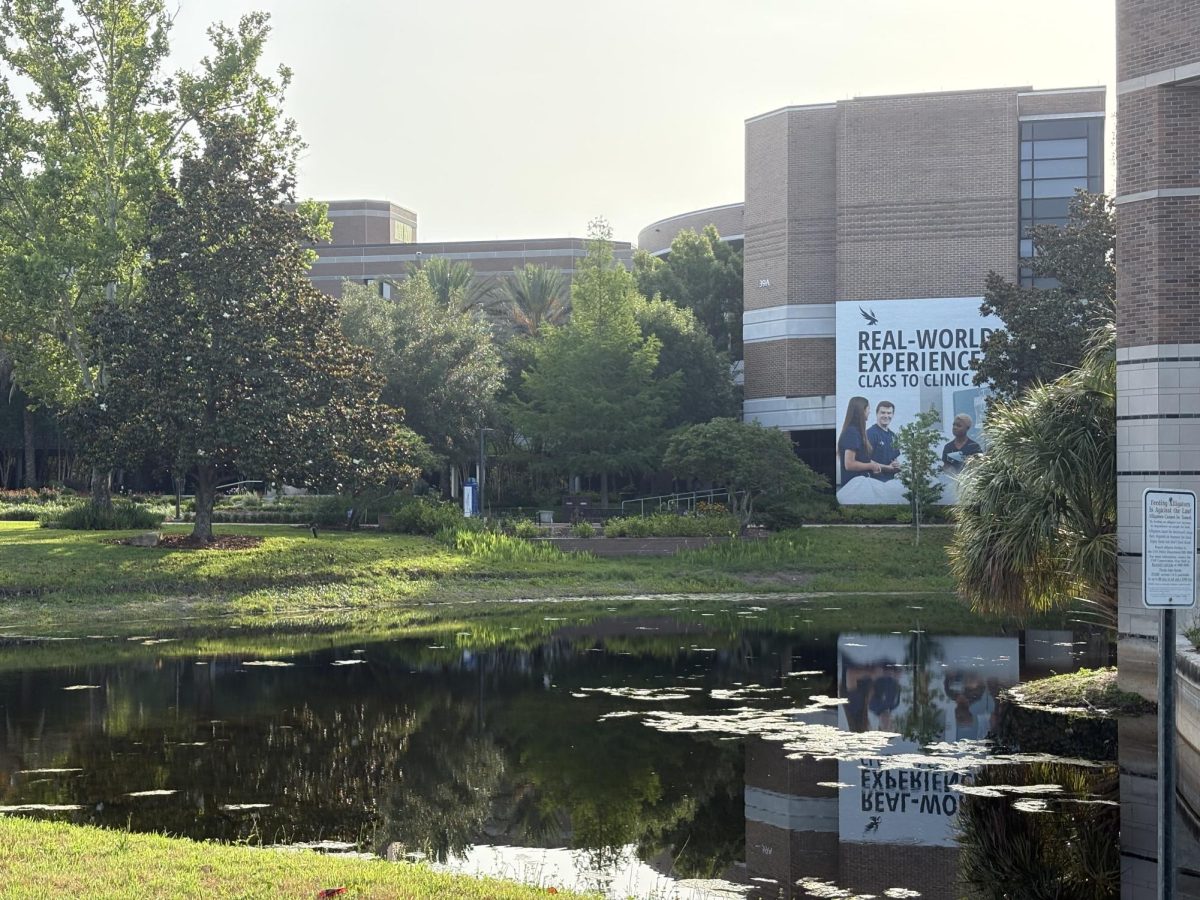While UNF managed to make a presence on The Princeton Review’s Best Value College and Best in the Southeast lists, it failed to meet the criteria for the green lists and the Green Honor Roll
UNF was named one of the best schools in the Southeast and one of the cheapest schools in the country by The Princeton Review, along with 241 others.
The designation “Best in the Southeast” on The Princeton Review’s “2010 Best Colleges: Region by Region” list was given to 141 schools in the Southeast, and the “Best Value College” rating was given to 100 schools, 50 public and 50 private, in the U.S.
Schools selected for the honor of “Best Value College” were chosen based on surveys given to students and administrators with questions in three main categories: academics, cost and financial aid.
UNF was recognized for its low in-state tuition costs and large array of need- and merit-based financial aid, said Rebecca Lessem, a senior editor at The Princeton Review.
While UNF showed its financial aid generosity on the “Best Value College” list, it also proved to be one of the “Best in the Southeast.”
The Princeton Review selected schools in each region based on an 80-question survey which covered four main categories: “About Yourself,” “Your Schools Academics/Administration,” “Students” and “Life at Your School.”
The schools already stamped with The Princeton Reviews seal of academic approval, are then ranked based on the student’s answers to the survey questions.
Then the profiles on The Princeton Review’s Web site, detailing the pros and cons of each school, are completed solely by the responses the student body gave on the survey, Lessem said.
Although UNF is only one school of many to earn its placement on the lists, the benefit of being recognized is clearly evident.
“It’s bragging rights and a big compliment,” UNF President John Delaney said. “There is a flag on the Web site that says we are one of the ‘Best in the Southeast’ and that helps bring in future students and donations.”
While UNF measures up in stature to the qualifications for its two titles, there are some other lists UNF didn’t weigh in on. While it may be beneficial to avoid such lists as “Party Schools” and “Least Accessible Professors,” other lists UNF passed up on such as the “Green Honor Roll” are raising a few eyebrows.
The Princeton Review, in collaboration with ecoAmerica, also gives 697 schools across the nation “green” ratings and selects 15 who received perfect scores to be inducted into the “Green Honor Roll.”
Although UNF has a 1,000-acre nature preserve, multiple buildings certified in “Leadership in Energy and Environmental Design” and an extensive on-campus recycling program, these things did not seem to be enough to earn UNF a mention on the “green” list.
“I was surprised by that,” Delaney said. “Not only do we have the nature preserve, but the first green building built in Northeast Florida was built on our campus.”
Unlike their other surveys, the survey for the “green” list put out by The Princeton Review is filled out solely by administrators, Lessem said.
“The school might not have supplied The Princeton Review with complete enough answers to the questions on the survey,” Lessem said. “There might be great things that UNF has that just didn’t fit in with what our criteria were.”
Some things on the criteria were schools’ waste diversion rates, percentage of organic food expenditures and whether or not they adopted a climate option plan consistent with 80 percent greenhouse gas reductions by 2050, she said.
However, Delaney believes the university’s absence from the “green” list will be short-lived.
“We’ll be on that list in the future, because once we’re recognized for everything else we offer, people will also notice all that we’re doing for the environment,” he said.











